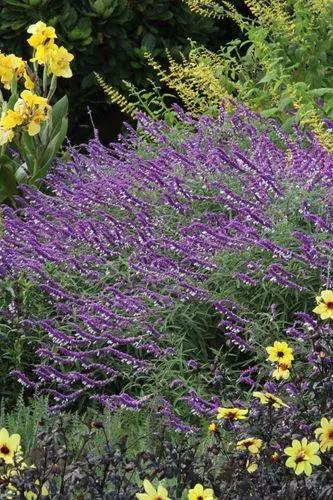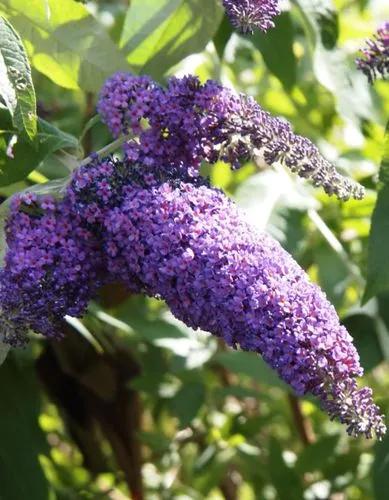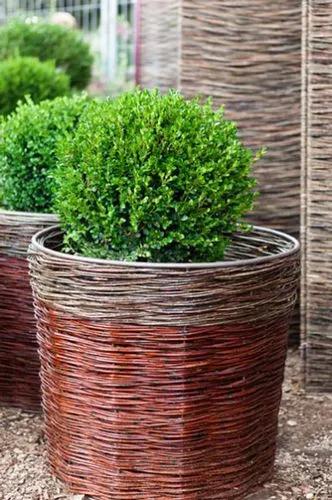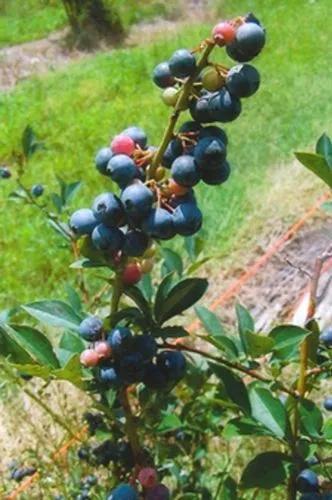European Barberry, a deciduous shrub now naturalized in the US, and is often considered weedy. They fit well in different growing conditions, serve as foundation plantings, and have an upright, columnar growth habit, making them attractive additions to landscaping alongside hydrangeas and boxwoods. These shrubs offer year-round garden interest and are excellent for hassle-free gardening.
European Barberry Care
Berberis vulgaris



European Barberry, scientifically known as Berberis vulgaris and sometimes referred to as Common Barberry, displays leaves from early spring to late fall and yields small, unpleasant-smelling yellow flowers in late spring to early summer. It has serrated oval leaves, clustered in groups of 2 to 5, and its foliage changes from green to orange or red in autumn, its main identification features. While the plant is deer-resistant due to its sharp thorns, it's considered invasive in some regions, and the yellow flowers are toxic to pets, so caution is advised.
How to Care for the Plant

Container

Containers are mostly used as a first home for the plant's seed and seedlings. To accommodate those, make sure to select a pot with drainage holes and follow the care instructions on temperature and fertilization. Even though it's possible to grow Barberry bush in a container, you should know that it needs to be changed often to fit the fast-growing root system.

Fun fact

European Barberry has a rich history in traditional medicine, with its bark, roots, and fruits used for digestive issues, skin conditions, and infections due to compounds like berberine. Additionally, it's been a valuable source of natural dye, particularly its bright yellow inner bark, which was used for clothing dyes, contributing to its cultural and economic importance.

Popularity

120 people already have this plant 13 people have added this plant to their wishlists
Discover more plants with the list below
Popular articles






